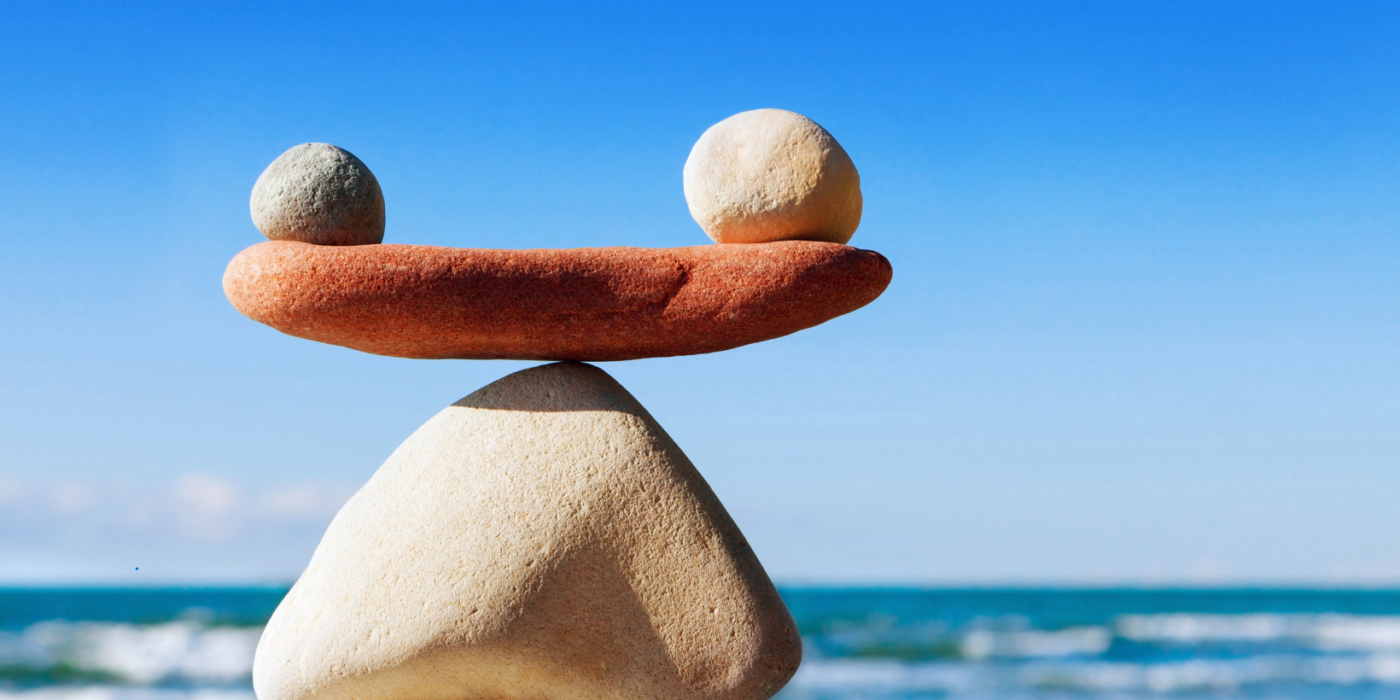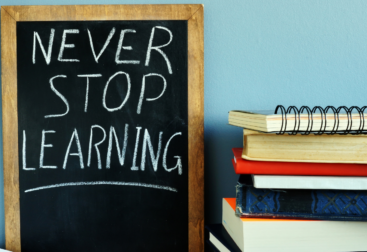In today’s fast-paced world, achieving work-life balance has become more than just a buzzword; it is a necessity. The boundaries between work and personal life have blurred with advancements in technology and the increasing demands of modern-day jobs. While productivity is important, overextending oneself often leads to burnout—an emotional and physical state of exhaustion. To combat this, we must embrace strategies that prioritize balance, ensuring sustained productivity and personal well-being.
Prioritize and Plan
One of the most effective ways to maintain work-life balance is through prioritization and planning. Create a daily to-do list that separates urgent tasks from those that can wait. This ensures you focus on high-priority items while avoiding the overwhelm of juggling too many responsibilities at once. Additionally, designate specific working hours and honor them, as this helps establish boundaries between work and personal time.
Embrace Time Management Tools
Leverage tools and techniques to manage your time efficiently. Calendar apps, task management software, and reminders can help you organize and allocate time for work, family, and self-care. The Pomodoro technique, for instance, encourages short, focused work intervals followed by breaks. Such methods improve concentration and prevent burnout from prolonged, unstructured hours.
Learn to Say No
Saying “yes” to every request may seem like a good idea, but overcommitting often results in stress and fatigue. Set realistic expectations by learning to say “no” when necessary. This doesn’t imply shirking responsibilities but prioritizing tasks that align with your capacity and goals. Politely declining less urgent tasks allows you to dedicate time and energy to what truly matters.
Incorporate Physical and Mental Wellness
A healthy body and mind are essential to sustainable productivity. Regular exercise, even in small amounts, can energize you and reduce stress levels. Incorporating mindfulness practices, such as meditation or deep-breathing exercises, can also help maintain mental clarity. Don’t forget to prioritize sleep—it is during rest that our bodies and minds rejuvenate for the challenges ahead.
Make Time for Hobbies and Relationships
Life is more than work, and making time for personal interests and relationships is essential. Whether it’s pursuing a hobby, spending quality time with loved ones, or simply unwinding with a book, these activities restore balance and bring joy to life. Cultivating these moments strengthens your mental resilience and enhances your overall well-being.
Disconnect to Reconnect
In our hyper-connected world, the temptation to check work emails or respond to messages outside office hours can be overwhelming. Setting boundaries for screen time is crucial. Designate “unplugged” hours where you step away from devices and focus on personal connections or relaxation. This creates a healthier separation between work and personal life.
Seek Support When Needed
Finally, recognize when you need help. Seeking support from colleagues, supervisors, or even professional counselors can alleviate burdens and offer fresh perspectives. Many organizations provide resources like employee assistance programs or flexible working arrangements to promote well-being. Don’t hesitate to utilize them when necessary.
Conclusion
Work-life balance is an ongoing process that requires intentional effort and self-awareness. It’s about finding harmony—not perfection—between professional obligations and personal aspirations. By prioritizing tasks, managing time effectively, nurturing health, and setting clear boundaries, individuals can stay productive without compromising their overall well-being. Remember, taking care of yourself is not a luxury; it is a prerequisite for sustained success in both work and life.









